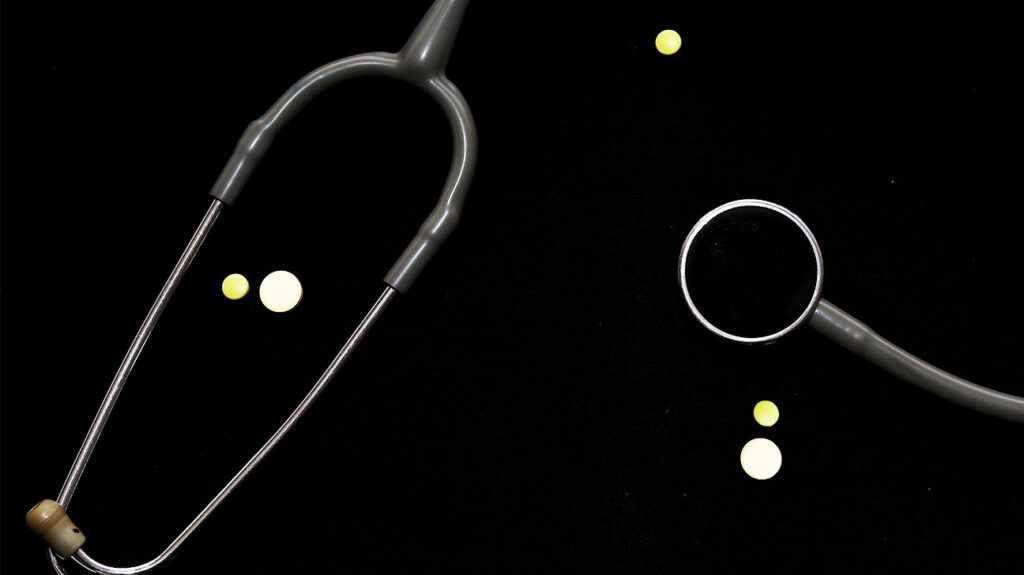Safety-Net Hospitals Bear the Highest Costs from Gun-Related Injuries, Study Shows

A new study highlights how safety-net hospitals in the US bear the brunt of financial costs associated with gun injuries, with treatment costs reaching over $7.7 billion between 2016 and 2021, emphasizing the need for increased support and prevention efforts.
A comprehensive analysis reveals that safety-net hospitals, often serving vulnerable and low-income populations, shoulder the most significant financial burden from gun injuries in the United States. Between 2016 and 2021, the initial treatment for firearm-related injuries cost the US healthcare system approximately $7.7 billion. The study, led by Northwestern Medicine, highlights that the majority of these costs are concentrated in urban trauma centers, which frequently serve Medicaid patients.
Annual expenses for firearm injury treatment remained around $1.2 billion until 2019 but surged to $1.6 billion in 2021, marking a 33% rise that coincided with increased firearm injuries during the COVID-19 pandemic. Over half of these expenses were billed to Medicaid; however, reimbursement often fails to cover the full cost of care. This situation leaves safety-net hospitals, which provide care to lower-income and at-risk populations, vulnerable to significant financial losses.
The study examined hospital records from six states—Arkansas, Florida, Maryland, Massachusetts, New York, and Wisconsin—chosen for their high-quality data collection on inpatient and emergency care. Using this data, researchers constructed national estimates and found that costs were highest among Black patients, men, and individuals from impoverished regions. Notably, treatment costs for pediatric patients increased by 54% from 2019 to 2021.
It's important to note that the study's scope only included initial hospital stays and emergency visits, meaning it likely underestimates the total economic impact of firearm injuries. Costs associated with ambulance services, rehabilitation, follow-up care, and indirect financial burdens on families and communities were not accounted for.
Experts warn that ongoing reductions in Medicaid funding could further threaten the stability of trauma centers, possibly leading to closures or the loss of high-level trauma care services. Such consequences would significantly affect communities heavily impacted by gun violence.
To address these challenges, the authors emphasize the need for increased funding support for trauma centers, alongside enhanced injury prevention initiatives and education on safe firearm storage. Ultimately, strengthening the healthcare infrastructure and preventative strategies could mitigate the economic and social toll of gun violence in America.
Source: https://medicalxpress.com/news/2025-09-safety-net-hospitals-highest-gun.html
Stay Updated with Mia's Feed
Get the latest health & wellness insights delivered straight to your inbox.
Related Articles
Understanding Retinol: Benefits, Risks, and Best Practices
Learn about retinol's benefits for aging and acne, its proper usage, potential side effects, and tips for safe application to achieve healthy, youthful skin.
New Insights on Beta-Blockers Use in Women Post-Heart Attack: Risks and Recommendations
Emerging research reveals that beta-blockers may pose risks for women after heart attacks, especially at higher doses, prompting a reevaluation of treatment practices and gender-specific approaches.
International Study Finds Blood Conservation Technique Does Not Lower Transfusion Needs During Heart Surgery
A large international study reveals that acute normovolemic hemodilution does not significantly decrease blood transfusion needs in heart surgery patients, prompting further investigation into its application and benefits.
Recovering from a Stroke: Key Facts and Rehabilitation Strategies
Learn essential facts about stroke recovery, symptoms, and rehabilitation strategies to improve outcomes and quality of life after a stroke.



